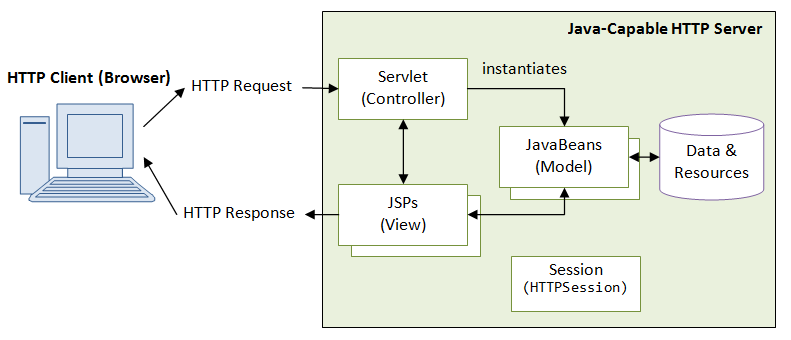

With an HttpResponse that contains the response status,

The returned completable future, if completed successfully, completes Response body handler and push promise handler. Sends the given request asynchronously using this client with the given Privileges, should do so within an appropriate privileged context. Request body publishers, response body handlers, response body subscribers, and WebSocket Listeners, if executing operations that require Has been installed, then the default executor will execute asynchronous andĭependent tasks in a context that is granted no permissions. Implementation Note: If an explicit executor has not been set for an HttpClient, and a security manager Where host and port specify the proxy's address. Proxying) and a URL string of the form "socket://host:port" Proxy has a method parameter of "CONNECT" (for all kinds of The form of the URLPermission required to access a Required to access the destination server, and proxy server if one hasīeen configured. If a security manager is present then security checks are performed by POST(BodyPublishers.ofFile(Paths.get("file.json")))ĬndAsync(request, BodyHandlers.ofString()) header("Content-Type", "application/json") (response.statusCode()) Īsynchronous Example HttpRequest request = HttpRequest.newBuilder() HttpResponse response = nd(request, BodyHandlers.ofString()) authenticator(Authenticator.getDefault()) proxy(ProxySelector.of(new InetSocketAddress("", 80))) Synchronous Example HttpClient client = HttpClient.newBuilder() Returned CompletableFuture can be combined in different ways toĭeclare dependencies among several asynchronous tasks. TheĬompletableFuture completes when the response becomes available. Method returns immediately with a CompletableFuture. Request and receives the response asynchronously.

Response body bytes have been read or not depends on the type, T, of Headers, response code, and body (typically) are available.
#JAVA HTTP CLIENT HOW TO#
The BodyHandler determines how to handle the Sharing, for all requests sent through it.Ī BodyHandler must be supplied for each HttpRequest sent. Once built, an HttpClient is immutable,Īnd can be used to send multiple requests.Īn HttpClient provides configuration information, and resource Protocol version ( HTTP/1.1 or HTTP/2 ), whether to follow redirects, a Theīuilder can be used to configure per-client state, like: the preferred But I believe you can easily support "deflate" by adding a check to the above switch block and wrapping the httpResponse.body() in an InflaterInputStream.An HttpClient can be used to send requests and retrieve their responses. Note that I've not added support for the "deflate" type (because I don't currently need it, and the more I read about "deflate" the more of a mess it sounded).

Return httpResponse.headers().firstValue("Content-Encoding").orElse("") Public static String determineContentEncoding( "Unexpected Content-Encoding: " + encoding) Return new GZIPInputStream(httpResponse.body()) String encoding = determineContentEncoding(httpResponse) I was also surprised that the new framework doesn't handle this automatically, but the following works for me to handle HTTP responses which are received as an InputStream and are either uncompressed or compressed with gzip: public static InputStream getDecodedInputStream(


 0 kommentar(er)
0 kommentar(er)
